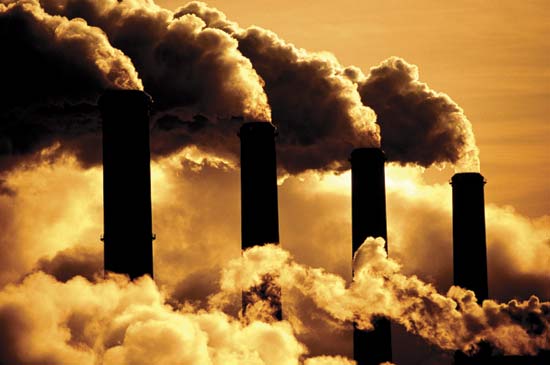Global energy-related carbon dioxide emissions stopped growing in 2019, according to IEA data.
Emissions were unchanged at 33 gigatonnes in 2019 even as the world economy expanded by 2.9 percent — due to declining emissions from electricity generation in advanced economies, the expanding role of renewable sources, fuel switching from coal to natural gas, and higher nuclear power generation. Other
“We now need to work hard to make sure that 2019 is remembered as a definitive peak in global emissions, not just another pause in growth,” said Fatih Birol, the IEA’s Executive Director.
A decrease in emissions in advanced economies in 2019 offset continued growth elsewhere. The United States recorded a fall of 140 million tonnes, or 2.9 percent. US emissions are now down by almost 1 gigatonne from their peak in 2000.
Emissions in the European Union fell by 160 million tonnes, or 5 percent, in 2019 driven by reductions in the power sector. Natural gas produced more electricity than coal for the first time ever, meanwhile wind-powered electricity nearly caught up with coal-fired electricity.
Japan’s emissions fell by 45 million tonnes, or around 4 percent, the fastest pace of decline since 2009, as output from recently restarted nuclear reactors increased.
Emissions in the rest of the world grew by close to 400 million tonnes in 2019, with almost 80 percent of the increase coming from countries in Asia where coal-fired power generation continued to rise.
Coal-fired power generation in advanced economies declined by nearly 15 percent as a result of growth in renewables, coal-to-gas switching, a rise in nuclear power and weaker electricity demand.

